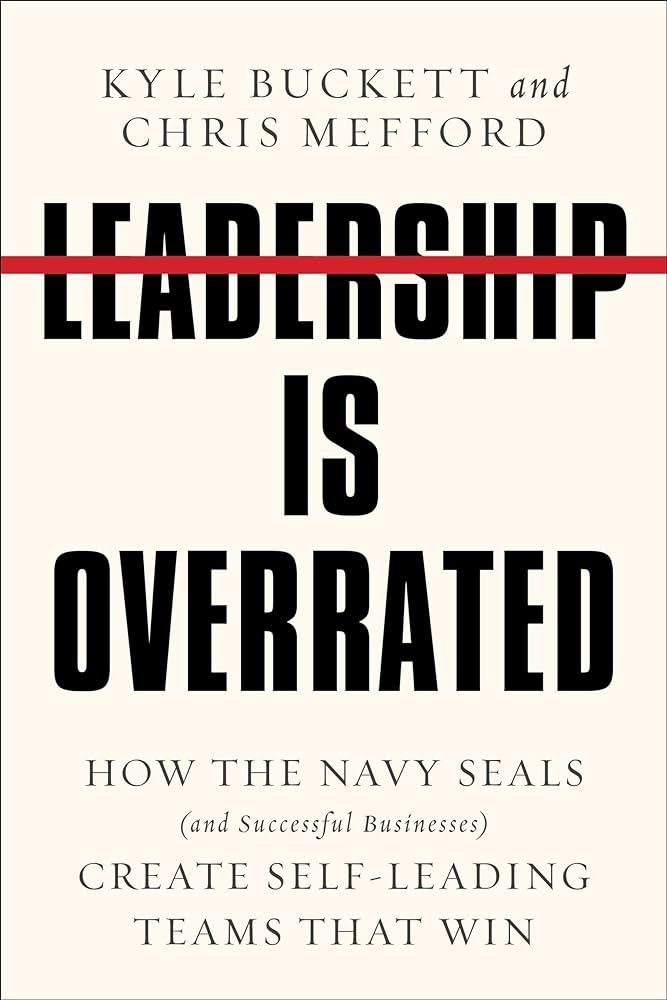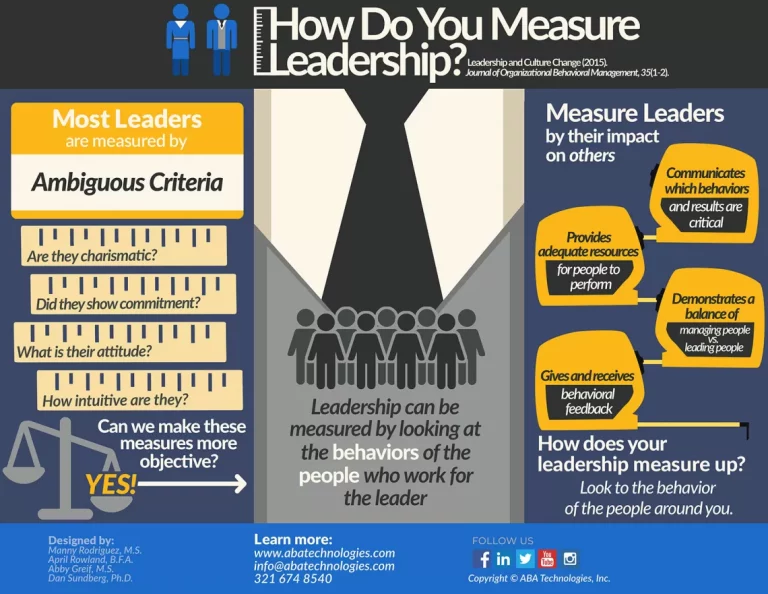How to Be a Creative Thinker?: Key Lessons from Po-Shen Loh
In today’s rapidly evolving world, creativity is no longer a luxury—it’s a necessity. The ability to think outside the box, come up with innovative solutions, and adapt to new challenges is invaluable. Creativity is not just reserved for artists or inventors; it’s a skill that everyone can develop and apply, regardless of their field. Po-Shen Loh, a renowned mathematician and educator, offers deep insights into creative thinking and how to nurture it in ourselves and others.
1. Embrace Challenges, Not Repetition
One of the fundamental shifts in today’s learning is moving away from rote memorization and repetition toward problem-solving and innovation. According to Loh, traditional education often focuses on practicing familiar problems. However, true creative thinking comes when you are faced with a problem you’ve never encountered before.
Loh advocates for a different approach—one where every new problem is seen as an opportunity to practice mental flexibility. The idea is that every challenge that requires creative thinking pushes you beyond the limits of your current knowledge. The key is to avoid simply repeating tasks or methods you’ve mastered and to embrace challenges that require new approaches. This philosophy encourages developing the habit of thinking creatively rather than relying on repetitive tasks.
2. Practice Thinking Outside the Box
A great example Loh provides is the classic matchstick puzzle: Given six matchsticks, how can you arrange them to form four equilateral triangles? The natural tendency is to think in two dimensions, arranging the matchsticks on a flat surface. However, the solution requires thinking in three dimensions—forming a pyramid.
This shift in perspective is crucial to creative thinking. Many problems we face in life are not linear or flat. To solve them, we need to look at them from multiple angles and dimensions, thinking beyond the obvious. This metaphorical “thinking outside the box” is a core skill for anyone who wants to be a creative thinker.
3. Mental Flexibility and Adaptability
One of the dangers of modern education, Loh warns, is the prevalence of test preparation that focuses solely on specific problems. This method stifles creativity by training students to expect familiar problems rather than teaching them how to think through unfamiliar situations. Instead of training students to solve problems they’ve already seen, Loh argues for teaching mental flexibility—the ability to adapt and create new solutions for new problems.
This skill is particularly relevant today, as the rapid advancements in technology mean that many traditional jobs are being replaced by machines or AI. The world no longer needs workers who can simply follow instructions. What it needs are creative problem solvers who can think critically and develop innovative solutions to new and complex problems.
4. Learn by Doing and Experimenting
Creative thinking is not something you can learn from a textbook—it’s something you develop through experience. Loh’s approach to teaching involves giving students problems they’ve never seen before, forcing them to come up with new ways of thinking and solutions. He emphasizes that creativity is cultivated through trial and error, and each failure is a valuable learning opportunity.
This idea extends beyond math and science. In any field, creativity comes from trying new things, making mistakes, and learning from them. The more you experiment, the more you push the boundaries of what you know, and the more creative you become.
5. Collaboration and Interdisciplinary Learning
Loh also highlights the importance of interdisciplinary learning and collaboration in fostering creativity. His own experience with improvisational comedy classes helped him become a better communicator, which, in turn, made him more effective at engaging people in math. This cross-disciplinary approach—blending math, communication, and performance—enabled him to reach more people and create innovative educational experiences.
Creativity often flourishes at the intersection of different fields. When you bring together diverse ideas, perspectives, and experiences, you open up new possibilities for creative thinking. Collaboration with others, especially those from different backgrounds, can spark new ideas and approaches you may not have thought of on your own.
6. Challenge the Status Quo
Another key aspect of creative thinking is questioning the status quo. Loh’s work as a social entrepreneur is rooted in the idea that we should not accept things as they are but should always be looking for ways to improve them. For instance, his initiative to teach math in public parks across the U.S. was a creative solution to the traditional classroom setting, and it led to valuable insights about the needs and challenges of students and parents.
To be a creative thinker, you must be willing to challenge conventional wisdom and think about how things could be done differently. This might mean rethinking old processes, breaking away from established norms, or even reimagining entire systems.
7. Seek Diverse Experiences
One of the most effective ways to stimulate creative thinking is by exposing yourself to diverse experiences. Loh mentions how he enjoys interacting with people from different backgrounds and learning about their unique perspectives. This curiosity about others and willingness to step outside your comfort zone is essential for creativity.
The more experiences you have, the broader your perspective becomes, and the more tools you have at your disposal to solve problems creatively. Whether it’s traveling, trying new activities, or learning from people in different fields, seeking diverse experiences expands your ability to think creatively.
8. Leverage Technology to Augment Creativity
While creativity is a human skill, technology can be a powerful tool to augment it. Loh notes that good software engineers often start by looking up solutions or examples online, not to copy them directly but to understand the principles and apply them in new ways. In the same way, tools like ChatGPT can provide inspiration or suggestions, but it’s up to the individual to critically analyze and build on those ideas.
Creativity today involves not just thinking up new ideas but also knowing how to use technology to enhance and implement those ideas. The key is to use these tools as aids, not crutches, and to always maintain a creative, critical mind.
9. The Importance of Continuous Learning
Finally, creative thinkers are lifelong learners. Loh’s philosophy is that learning should never stop, but it should also evolve. Once you’ve mastered the basics, it’s time to move on to more complex and challenging problems. The goal is to continually push yourself to learn new things and think in new ways.
In a world where information is constantly changing, the ability to learn quickly and adapt is crucial for staying ahead. Creative thinkers are always looking for new opportunities to grow, whether through formal education, hands-on experience, or self-directed learning.
Conclusion
To be a creative thinker, you need to embrace challenges, think outside the box, practice mental flexibility, and be willing to experiment and fail. Collaboration, interdisciplinary learning, and diverse experiences further fuel creativity, while technology and continuous learning help to refine and implement innovative ideas. As Po-Shen Loh demonstrates through his work in math education, creative thinking is not just a skill for solving problems—it’s a way of life.


